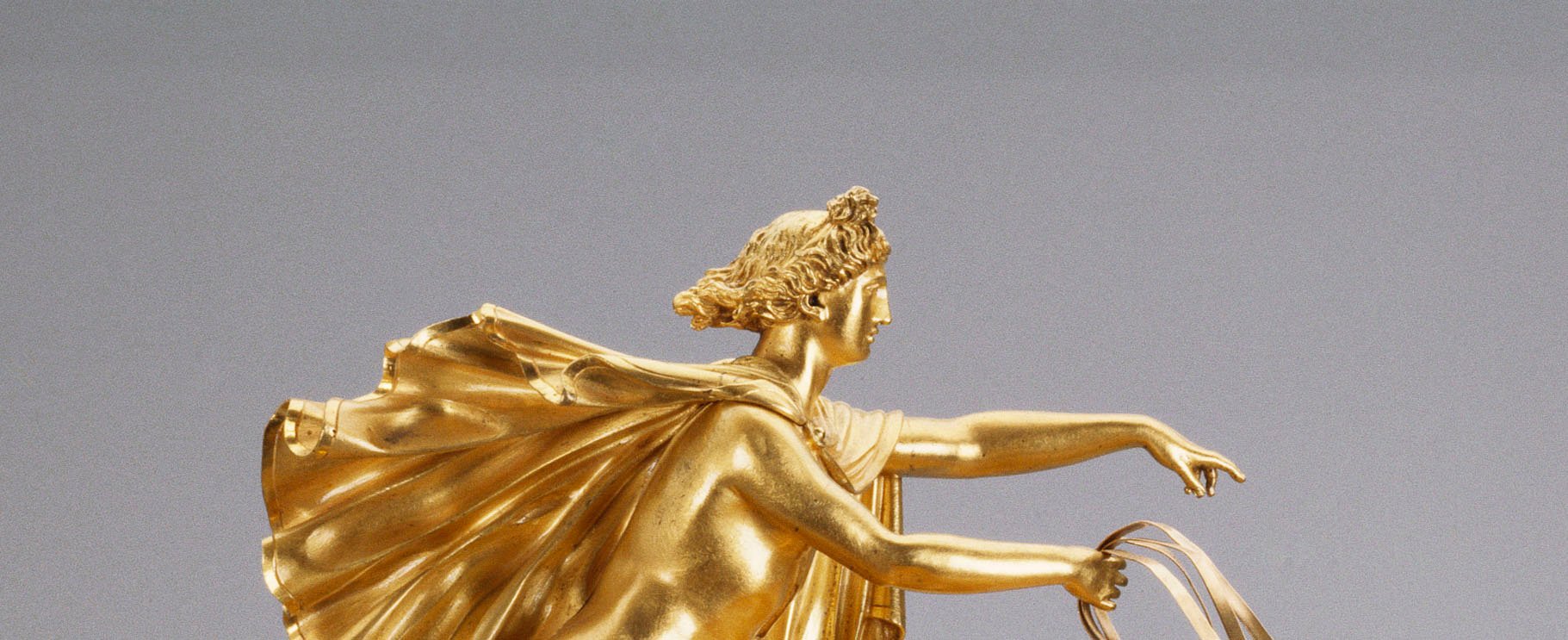
Mars and Minerva / Anubis or Hermanubis
early 18th c.RCIN 65603
Obverse: cameo with busts of a warrior in profile to the right and an amazon in profile to the left, facing each other. They are draped with mantles fastened on the shoulder and wear helmets. The warrior’s helmet has a chinstrap; the amazon’s is decorated with a running lioness. Set within a raised border and a bevelled edge.
Reverse: intaglio full-length figure of the jackal-headed Anubis or Hermanubis with his head in profile to the right. He wears a Roman tunic and holds a palm leaf in his right hand and a snake in his left hand. The figure is surrounded by pseudo-characters - possibly psi, omicron and chi - and is framed by a snake.
The cameo probably represents Mars and Minerva and is an ‘erudite’ imitation of a Greek gem. The use of sardonyx for the intaglio and the proportions and style of the figure of Anubis suggest an early 18th century date.
The name of Charles Christian Reisen (1680-1725) has been suggested as a possible carver, of whom Vertue writes that ‘his greatest skill was in Cutting heads of famous Greek & Roman Heroes from Antient Meddals’. However, no documented cameo by this engraver is known.
The palm leaf and snake, which the figure holds, are attributes of Anubis or Hermanubis who were ancient conductors of souls to the after world. The magical ‘characters’ on such gems were often individually chosen by the client, who would have commissioned the piece as a personal magical amulet. They were taken from 17th and 18th century prints.
Text adapted from Ancient and Modern Gems and Jewels in the Collection of Her Majesty The Queen, London, 2008







